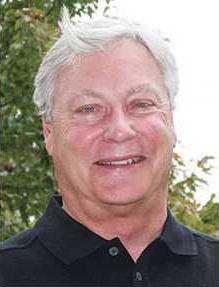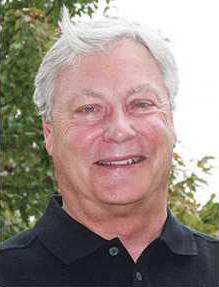When I think about the perils associated with winter travel, I think about my dad’s simple, but sound advice, “Stay off the roads.”
Dad had lived by this creed for more than 80 years in northwestern Kansas. He’d seen his share of blowing and drifting snow. When he talked about western Kansas blizzards, the years of ’31 and ’57 were singled out.
The ’31 blizzard hit on April Fool’s Day and killed hundreds of cattle. One of Dad’s neighbors lost 80 head of cattle in a pasture less than a quarter mile west of their small community of Seguin.
I was just a youngster, but I remember the blizzard of ’57. Snow drifted as high as the roof on my friend, Vernon Rietcheck’s two-story home. We sledded down the drifts and played in the snow all day.
Our parents weren’t as lucky. There were roads to open and cattle to feed and water. Our homes were without electricity for five days.
My father and those hearty souls who lived on the High Plains learned from these storms. He learned to travel only when necessary – to feed, water and care for his livestock. He never traveled anywhere in his pickup without several pairs of gloves, a scoop shovel, a log chain and chains for the rear tires.
Dad always wore a cap with ear protection and carried a couple extra on the front seat of his pickup in the winter. The trunk of our car also had extras. He knew a person couldn’t last long outside in freezing weather with all of your body heat escaping through the top of a bare head.
If we traveled anywhere during the winter months, the trunk of the family car was always packed with extra warm clothes, blankets, overalls, gloves, a flashlight, fresh batteries, chains and a shovel to clear the snow from in front of the tires.
Dad had been stuck in snow before. He’d heard of, and known of, people who were stranded and froze to death in some of the fierce northwestern Kansas blizzards. Before every winter season began, and often throughout, he’d remind us of these stories.
My father always topped off his fuel tanks for winter travel. He believed a full tank provided extra weight on the rear wheels.
“It runs better on the top half (of the tank),” he always said.
Although Dad never carried sand bags in the back of his car or trucks, he did carry extra weight during the winter. He always lugged around tractor tire weights while some of his neighbors preferred sand and sprinkled the gritty stuff in front of their tires for extra traction in snow and ice.
If someone absolutely had to go out during a winter storm, Dad preached extra time and patience. If you’re frightened or overly concerned about weather conditions – don’t drive. Wait the storm out.
Remember, it takes a while to find your “driving legs” each new winter season, he’d say.
Relax. Sit back in the seat. From time to time take deep breaths. Don’t grip the wheel until your knuckles turn white.
Try to anticipate what other drivers intend to do. Let them speed, spin, slip and slide. Allow at least twice as long to reach your destination. Concentrate on the road ahead, behind and on your right and left.
While driving during hazardous weather brings out the worst in some drivers, it can also bring out the best in others. Some welcome the chance to brave the elements. To drive safely under such conditions can provide a feeling of satisfaction and accomplishment.
Drive safely and know your limitations. Remember, if you must take a chance that could result in an accident or worse, “Stay off the road.”
John Schlageck is a leading commentator on agriculture and rural Kansas. Born and raised on a diversified farm in northwestern Kansas, his writing reflects a lifetime of experience, knowledge and passion
Dad was right




